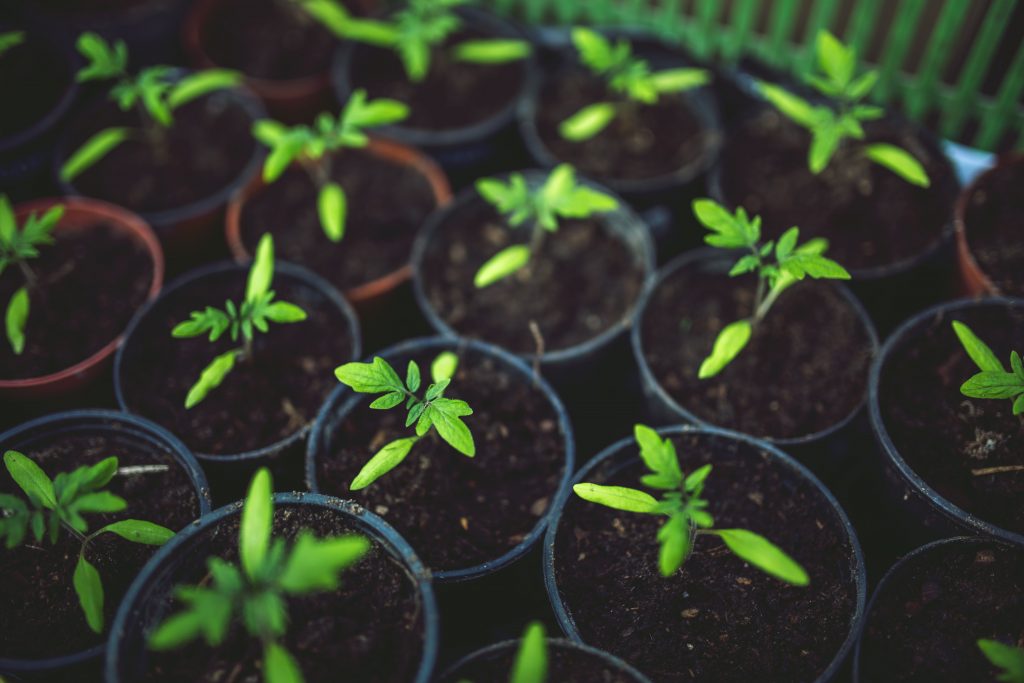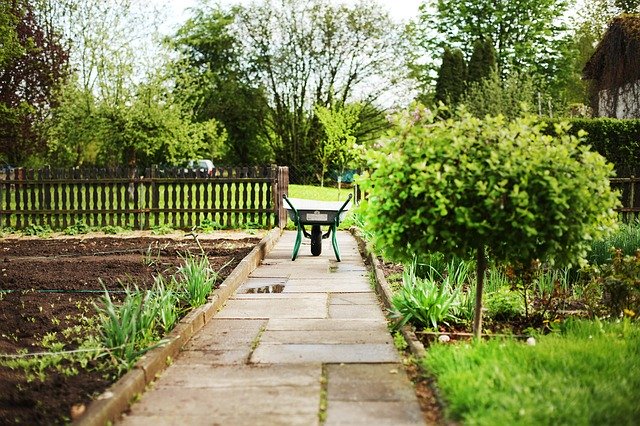
If you have any tips and time savers that you employ on your plot either, for growing any particular veg or plants or ways and techniques for managing your plot why not share this information by emailing website@cthorpeallotments.co.uk.
It doesn’t matter what it is, whether early digging and covering, to using toilet rolls to start carrots and parsnips, or therapeutically painting a few perennial weed leaves with neat Roundup (other weed killers are available) these tip and techniques would be valuable to someone.
Toilet Rolls
As mentioned above one tip on how to grow carrots if you don’t want to sprinkle the seeds in a line then thin out later is to use toilet roll tubes. Just cut them in half, width ways, and fill each half with compost. This needs to be pushed in reasonably firmly. Then add one or two
seeds to each little ‘pot’. This can also be done if growing parsnips as well.
Plant in batches
When deciding what veg to grow it is quite easy, as probably most of us have done at
some point, is to plant a whole row of things such as lettuce, beetroot etc, only find that you have a glut at harvest time. Growing small batches regularly over a period of time is a better plan. Sow 4-5 seeds and then a week or two later sow another 4-5 seeds, repeating for as long as you want.

Crop Rotation
When planning a layout for you plot you should try and create at least three separate areas to allow for crop rotation. This is essential for maintaining healthy veg. Growing the same veg in the same place will take all the nutrients from the soil that those particular veg require. Also pests and disease’s will become use to that veg being grown there, giving you all sorts of problems.
As a general rule of thumb this layout would work:
- Bed 1 should be treated with lime and used to grow brassicas such ascabbage, sprouts, cauliflowers and broccoli.
- Bed 2 should be treated with a general fertiliser and used for root crops such as potatoes, carrots, turnips, beetroot and swede.
- Bed 3 should be treated with manure or compost, and should be used to grow the crops that require the richest ground to thrive, such as peas, beans, onions, leeks, tomatoes, celery and courgettes.
Each year the crops should be rotated to the next bed, giving a three year replenishment of nutrients on each bed.

No Dig Alternative
Digging has many advantages; but it can take its toll on your back. Luckily there are ‘no-dig’ alternatives.
Digging is mainly needed to control weeds and occasionally to incorporate lime, phosphorus and potassium.
In a no-dig regime, weeds are controlled by shallow hoeing, hand weeding, contact weedkillers and mulching. Debris is gathered up rather than dug in. Mulches are taken into the soil by soil organisms, and fertilisers are washed in by rain. Mulches also take the place of earthing-up for potatoes, and seeds are sown shallowly and transplants eased in with minimal disturbance.
Read more about this method in The Royal Horticultural Society’s No-dig alternatives article.